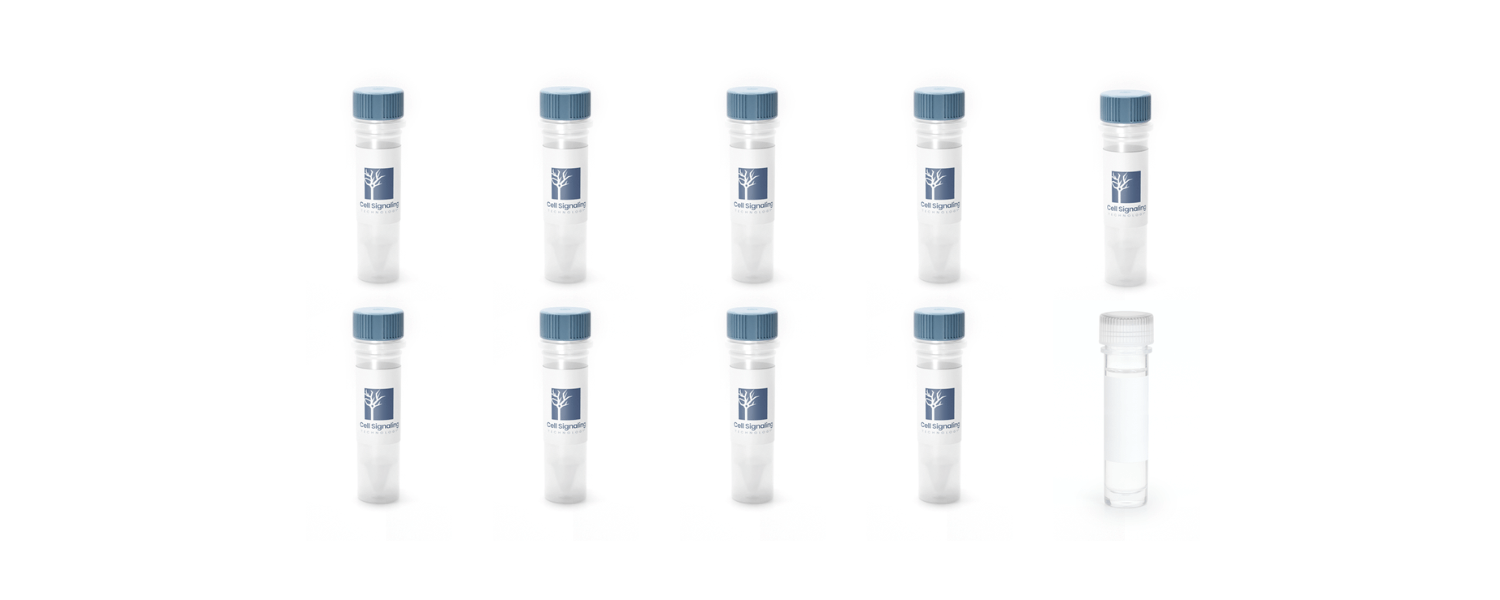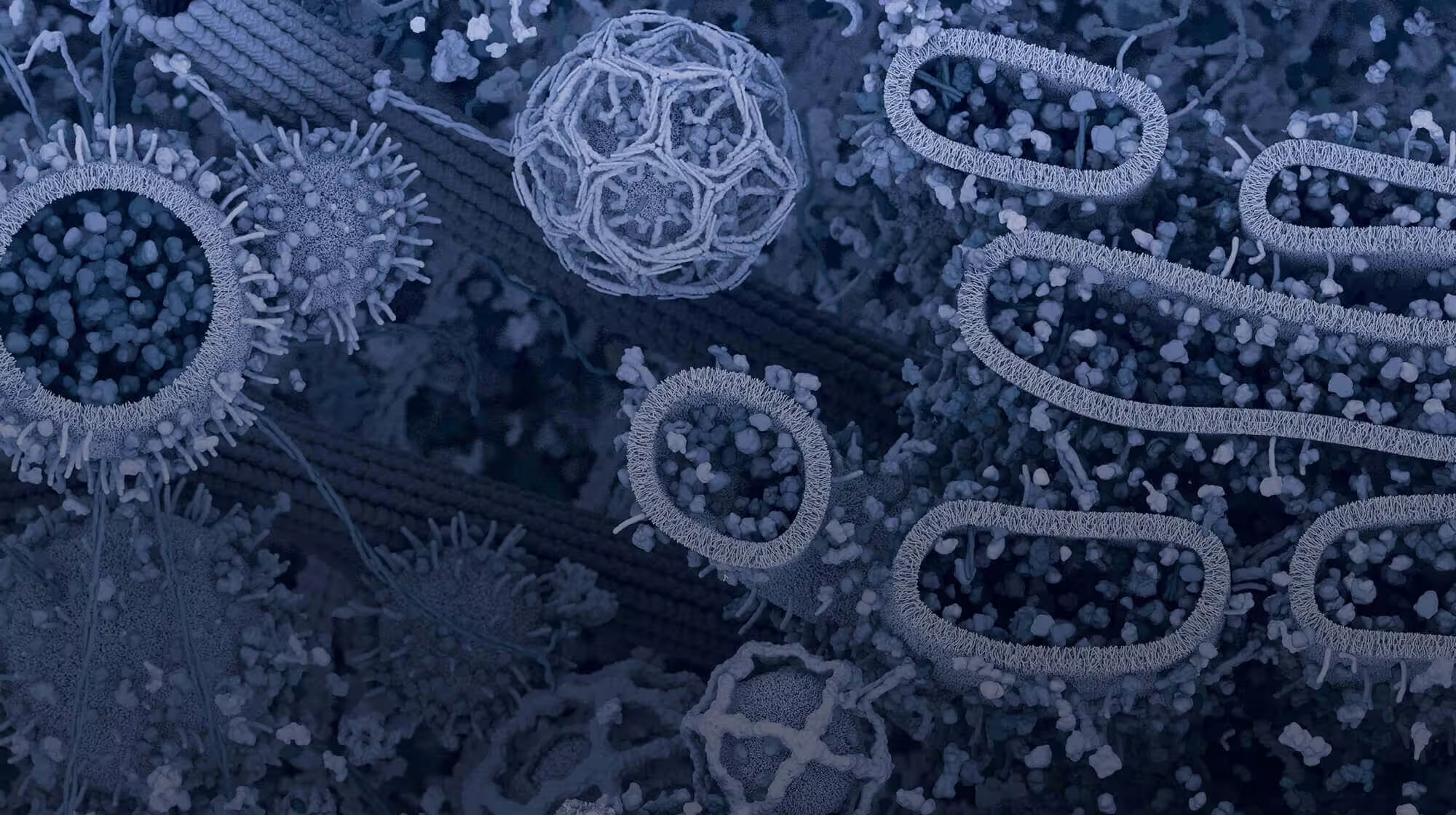Culturing cells in the lab? Following these tips will add to your success and help you avoid wasted time or the dreaded cell contamination!
How to Ensure a Successful Cell Culture
Be organized: Keep only what you will be using for the cell line of interest in your biosafety cabinet. This includes media, conical tubes, pipette tips, etc. Keep tips and media on the same side of the hood as your pipetting hand and all other materials not being used at the moment pushed back or to the side of your off hand. By placing all items four to six inches back from the sash and grouping materials 10 to 12 inches apart, you are reducing the possibility of cross-contamination. This eliminates crossing/waving over samples, which can also cause contamination. Each time you pass a hand or arm over an open bottle, plate, or flask, thousands of particles are swirling about in the air that could end up in your cultures. Stick to slow, deliberate movements whenever possible.
Be organized about trash, too: Pre-sorting your expected waste can make for a quicker and safer cleanup. Set aside a large flask or beaker containing a small amount of bleach for collecting old media and another beaker for dry items like pipette tips and lab wipes. It's also a good idea to place a biohazard bucket outside, but nearby the hood for discarding larger items, like 25 ml serological pipettes.
Be prepared: There is nothing worse than thawing cells only to realize that you have not yet taken out the media necessary to seed your cells or have not labeled plates or flasks appropriately. This process may also include completing any math regarding a necessary treatment or a dilution, so make sure to have your notebook set up to effectively track your progress each step of the way. Prior preparation reduces the chance of a mistake or having to rush when working in the laboratory.
Don’t stock-pile samples: Try to limit yourself to one cell line in your biosafety cabinet at a time. This relates back to organization, and may seem like a huge damper on your ability to multi-task, but it reduces the risk of contamination or accidents in your biosafety cabinet.
Sterility is key: When cleaning your biosafety cabinet, use ample 70% ethanol—and when in doubt more is better! Each bottle, plate, or other material that enters your hood should be cleaned properly with 70% ethanol. One way to remember this is “Spray in, spray out.” Everything moving in and out of the hood—including your gloved hands—should be disinfected. After the spray mist evaporates or is wiped down, continue on! This ensures that you aren’t carrying any contaminants past the sash separating the interior from the exterior environment of the biosafety cabinet.
Wipe down your hood before you start and after you finish. Tissue culture hoods are clean environments, but they require attention to maintain. Oftentimes, we aren’t the only scientists using the equipment. You don’t want to assume the hood is clean or leave it dirty for a neighbor.
Deep Clean the hood regularly. Your lab may have a rotation for tissue cleaning whereby the hoods are disassembled on a regular basis and given a thorough cleaning. If you’re not so lucky, make sure you at least do a deep clean regularly to keep your space contamination free.
Finally: Don’t rush! Enjoy the process! This may seem like an obvious point, but cells have an innate lag phase. Rushing through any process may impede your progress by causing mistakes, which only adds to your project’s “lag phase.” Cells need attention, and rushing the process may upset them.



/42157_chimeric%20antibody%20blog%20featured3.webp)


